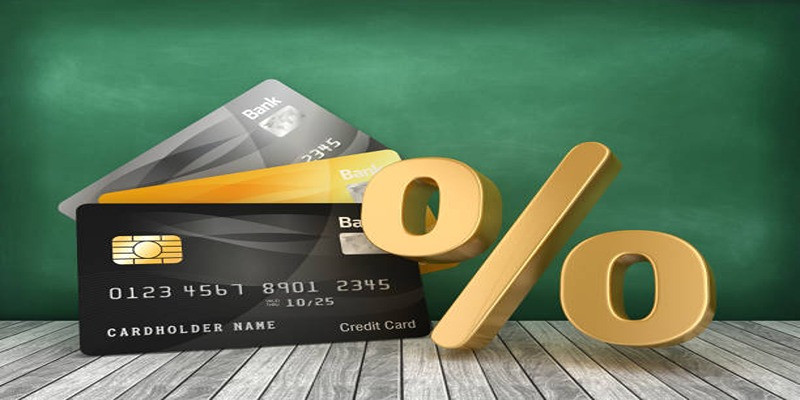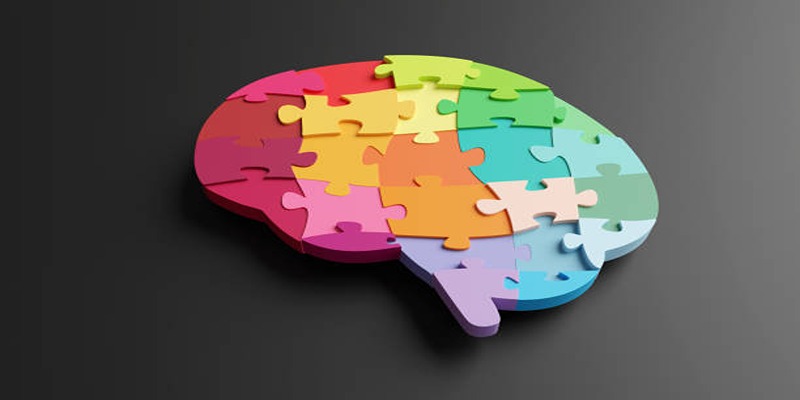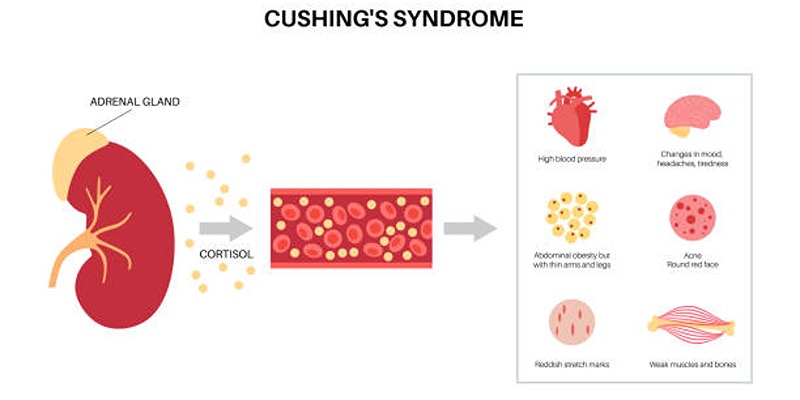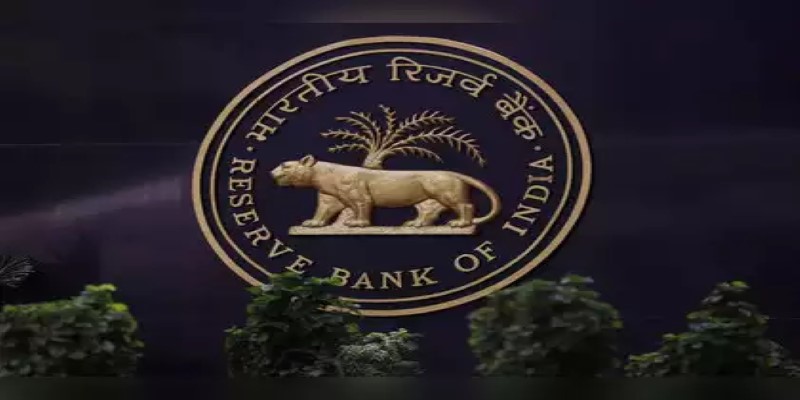A Simple Guide to Calculating Credit Card Interest
Advertisement
When your credit card payment is late the amount you must pay for holding the balance is termed as credit card interest. To minimize your expenses you need to learn about how interest is determined because it affects your financial load. The following article introduces fundamental credit card interest concepts in an easy-to-understand manner for financial control. Studying its operation enables you to make cost-effective options that will produce financial benefits over time.
Understanding Credit Card Interest

Credit card interest is a fee charged by your credit card company for borrowing money from them. It is calculated as a percentage of the amount you owe on your credit card, also known as the balance. The higher the balance, the more interest you will pay.
Interest rates for credit cards can vary greatly and are usually listed as an annual percentage rate (APR). This means that if you carry a balance on your credit card for one year, you will be charged that APR in interest. For example, if your credit card has an APR of 18%, then you will pay $180 in interest for every $1,000 you owe on your credit card over the course of one year.
Key Terms You Need to Know
Before we dive into the calculation process, there are a few key terms that you should be familiar with:
- Balance: The total amount you owe on your credit card.
- Minimum Payment: The smallest amount you have to pay each month to keep your account in good standing. It is usually a percentage of your balance.
- Grace Period: The time between when your statement is issued and when the payment is due. During this period, you can pay off your full balance without incurring any interest charges.
Steps to Calculate Credit Card Interest
Now, let's take a look at the steps involved in calculating credit card interest:
Step 1: Determine Your Daily Periodic Rate (DPR)
To calculate credit card interest, you first need to determine your daily periodic rate (DPR). This is the rate at which interest accrues on your balance every day. You can find this information by dividing your APR by 365. For example, if your APR is 18%, then your DPR would be approximately 0.049%.
Step 2: Calculate Your Average Daily Balance
Next, you need to calculate your average daily balance for the billing cycle in question. To do this, add up all of the daily balances during the billing cycle and divide it by the number of days in that cycle.
Step 3: Multiply DPR by Average Daily Balance
Once you have your average daily balance, you can multiply it by the DPR to get the interest charge for each day during the billing cycle.
Step 4: Determine Your Total Interest Charge
Finally, to find your total interest charge for that billing cycle, add up all of the daily interest charges. This will give you an accurate estimate of how much interest you will be charged if you do not pay off your full balance before the due date.
Ways to Minimize Credit Card Interest Charges
Now that you understand how credit card interest is calculated, here are some tips to help minimize these charges:
1. Pay off your balance in full every month:
By paying off your balance in full each month, you can avoid paying any interest charges. This also helps maintain a good credit score.
2. Make payments more frequently:
Paying off small amounts throughout the month instead of one large payment at the end can help decrease the average daily balance and therefore reduce the amount of interest charged.
3. Look for a lower APR:
If possible, try to find a credit card with a lower APR to minimize the amount of interest you will owe.
4. Negotiate with your credit card company:
In some cases, you may be able to negotiate a lower APR with your credit card company, especially if you have a good payment history.
5. Avoid cash advances:
Cash advances usually have higher interest rates and do not have a grace period, so it's best to avoid using this feature on your credit card.
Common Mistakes and How to Avoid Them
- Forgetting the grace period: Remember to pay off your balance in full before the end of the grace period to avoid interest charges.
- Paying only the minimum payment: By paying only the minimum payment, you will end up owing more in interest over time. Try to pay as much as you can towards your balance each month.
- Carrying a high balance: The higher your balance, the more interest you will pay. Try to keep your credit card balance low and manageable.
- Using multiple credit cards: Having multiple credit cards with different balances can make it difficult to keep track of your overall debt and interest charges. Consider consolidating your debt onto one card with a lower APR.
When in Doubt, Seek Help

If you're feeling overwhelmed or confused about your credit card interest and how to manage it, don't hesitate to seek help from a financial advisor or credit counselor. They can provide personalized advice and help create a plan to get out of debt and minimize interest charges. Remember, staying informed and making smart financial decisions can go a long way in helping you save money and achieve financial stability. So, always stay on top of your finances by understanding the basics of credit card interest!
Final Thoughts
Managing credit card interest is an essential part of maintaining healthy financial habits. By understanding how interest works, paying your balances on time, and reducing high balances, you can take control of your financial future. Start small by setting realistic goals and consistently tracking your spending. Financial stability is a step-by-step process, and with discipline and the right strategies, you can avoid unnecessary interest charges and build a secure financial foundation.
On this page
Understanding Credit Card Interest Key Terms You Need to Know Steps to Calculate Credit Card Interest Step 1: Determine Your Daily Periodic Rate (DPR) Step 2: Calculate Your Average Daily Balance Step 3: Multiply DPR by Average Daily Balance Step 4: Determine Your Total Interest Charge Ways to Minimize Credit Card Interest Charges 1. Pay off your balance in full every month: 2. Make payments more frequently: 3. Look for a lower APR: 4. Negotiate with your credit card company: 5. Avoid cash advances: Common Mistakes and How to Avoid Them When in Doubt, Seek Help Final ThoughtsAdvertisement












